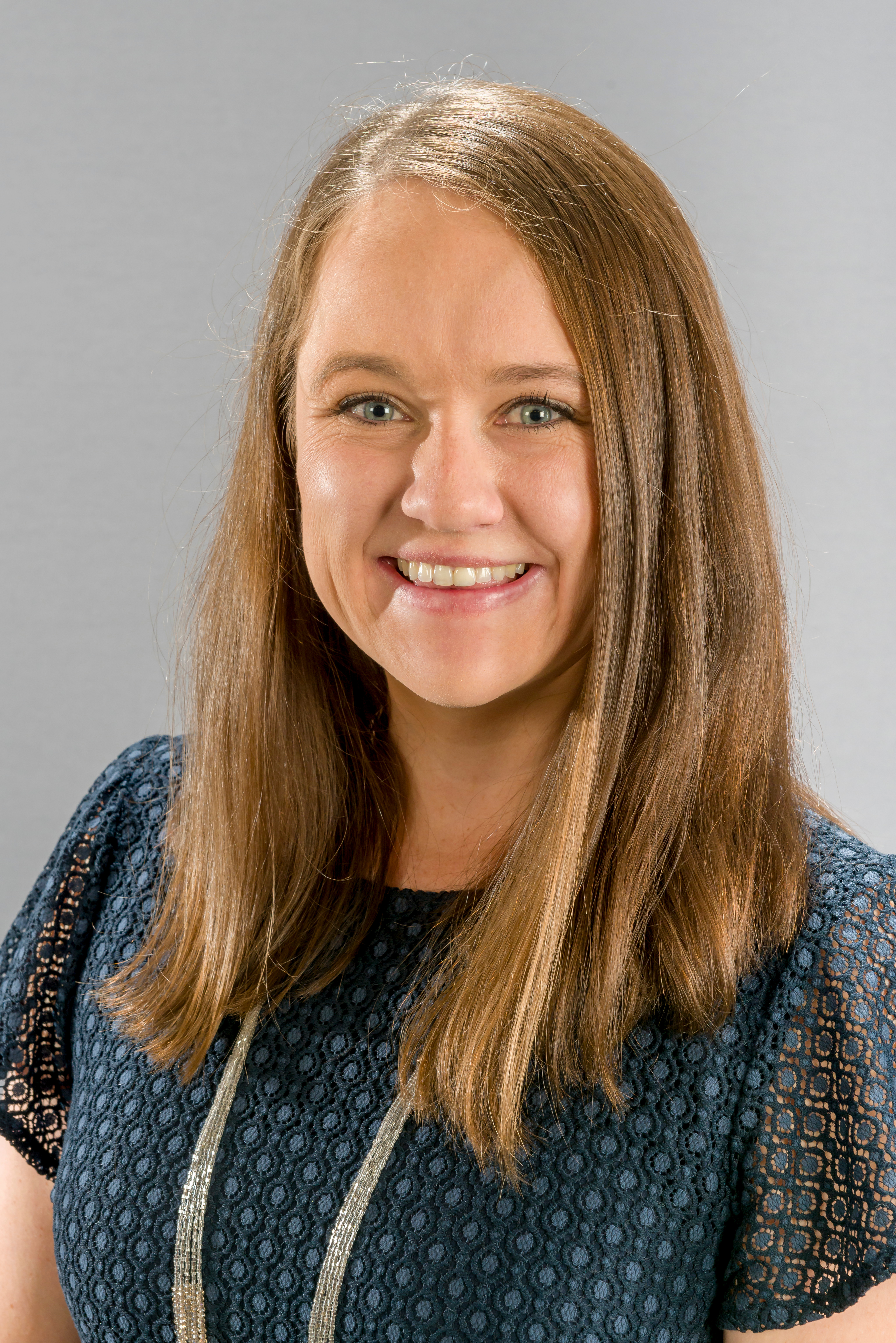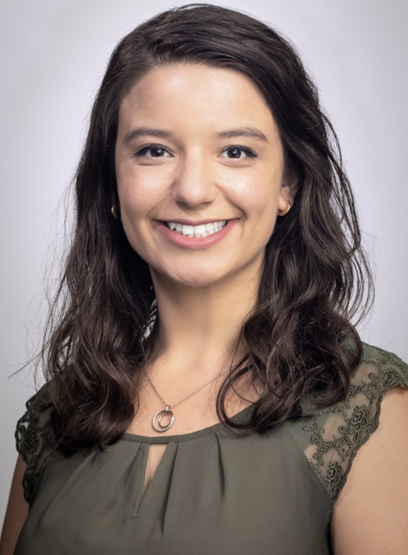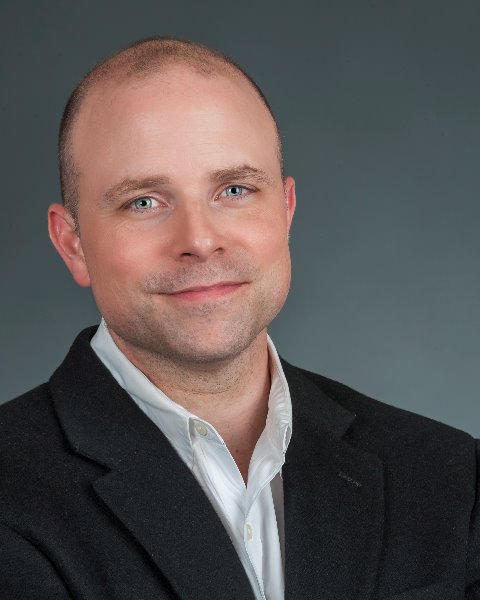Child / Adolescent - Anxiety
(PS5-14) Baseline Anxiogenic Parenting Behaviors as a Predictor of CBT Treatment Response in Anxious Youth

Kimberly S. Sain, Ph.D.
Psychologist
Anxiety Disorders Center, The Institute of Living
West Hartford, Connecticut, United States
Maria C. DiFonte, Ph.D.
Psychologist
Anxiety Disorders Center, The Institute of Living
Hartford, Connecticut, United States- TG
Theresa Gladstone, Ph.D.
Postdoctoral Fellow
Anxiety Disorders Center, The Institute of Living
Hartford, Connecticut, United States 
David F. Tolin, ABPP, Ph.D.
Director
Anxiety Disorders Center, The Institute of Living
Hartford, Connecticut, United States
Author(s)
Co-Author(s)
Anxiogenic parenting behaviors (e.g., modeling anxious behaviors/ avoidance, overinvolvement in the child’s daily activities, providing accommodations, excessive warmth and support, and caregiver-child conflict) are linked with the onset and maintenance of child anxiety. Further, greater anxiogenic parenting behaviors have predicted poorer child treatment outcomes. While previous studies have explored individual anxiogenic parenting behaviors (e.g., accommodation), few have looked at the concurrent impact of multiple anxiogenic parenting behaviors on treatment outcome. The present study explored the relationship between anxiogenic parenting behaviors and cognitive-behavioral treatment (CBT) response at a specialty outpatient clinic for fear-based disorders. We hypothesized that higher PAKRS-PR subscales would be associated with treatment nonresponse.
Participants were 174 parents and youth aged 7-17 (Mage = 13.97, SD = 2.41, 65.9% female, 88.0% White, 12.5% Hispanic/Latinx). Parents were on average 47.55 years old (SD = 5.34), 90% White, and 7.1% Hispanic/Latinx. Parents completed the Parenting Anxious Kids Rating Scale (PAKRS-PR; Flessner et al., 2017) at treatment intake. The child’s clinician rated the Clinician Global Impressions-Improvement scale (CGI-I; Guy, 1976) at session 15. CGI-I ratings were coded into treatment responders (very much or much improved) or nonresponders (minimally improved to very much worse). Descriptive statistics revealed that at intake, parents of children who would become nonresponders reported higher accommodation/beliefs and conflict scores than did parents of children who would become responders, t(171) = 3.69, p < .001 and t(171) = 2.78, p = .003, respectively. Next, a binary logistic regression was used to determine whether intake PAKRS-PR scales (overinvolvement, accommodations/beliefs, modeling, conflict, and warmth/support) predict treatment response over 15 sessions of CBT. The overall model was significant, c2(5) = 17.72, p = .003, and explained 13.1% (Nagelkerke R2) of the variance in treatment response and correctly classified 68.2% of cases. Only the accommodation/beliefs scale predicted treatment response. For every one-point increase in the accommodation/beliefs scale at intake, children were 8% more likely to be classified as a treatment nonresponder (OR = 1.08).
The present results suggest that parental accommodation and negative beliefs about childhood anxiety are together important for ensuring a positive treatment outcome. This is consistent with previous parent-focused treatment for childhood anxiety in which reducing accommodation was associated with improved child anxiety. Balancing time in naturalistic therapy between parent and child interventions can be challenging. The results provide initial evidence that clinicians may prioritize time with parents in treatment by focusing directly on modifying negative beliefs about their child’s anxiety and reducing accommodations. Treatment in the current study primarily focused on child-focused CBT with parental components added as needed. Future studies should examine the direct impact of targeting accommodations/beliefs on treatment response within combined parent/child CBT.

.png)
